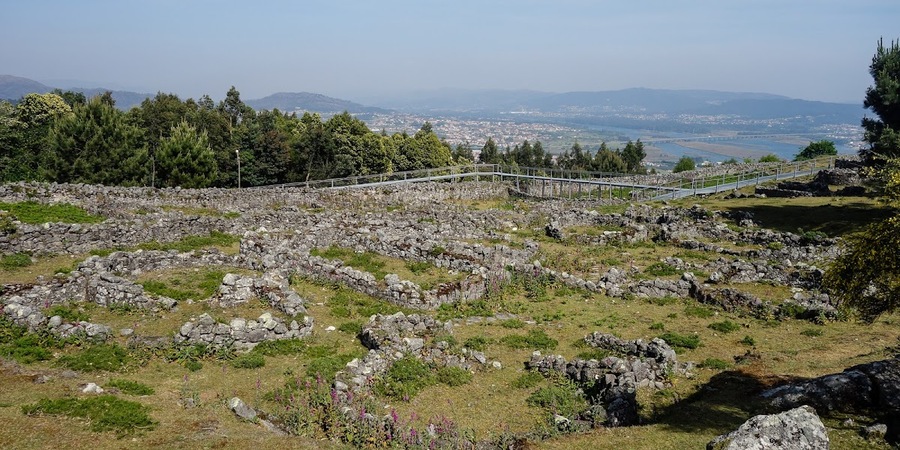Winter on the Camino requires careful preparation to stay warm, safe, and comfortable. Unlike other seasons, winter demands specialised gear and layering techniques. Whether you’re embarking on a winter adventure or planning to walk the Camino de Santiago in the off-season, having a well-thought-out packing list for winter can make all the difference. Here are five essential tips that make winter packing unique.
1. Dress in Layers for Versatility
Layering is crucial for winter travel. It helps regulate body temperature and provides flexibility in changing conditions.
Base Layer: Moisture-Wicking Fabric
Choose thermal underwear made of merino wool or synthetic fabric. Avoid cotton as it retains moisture and can make you cold. A good base layer will wick away sweat, keeping you dry and comfortable, even during intense physical activity.
Middle Layer: Insulation for Warmth
A fleece or down jacket traps heat and keeps your body warm. This layer is essential for freezing temperatures. Make sure this layer is lightweight and packable, allowing you to adjust as needed during the day.
Outer Layer: Windproof and Waterproof Protection
A high-quality winter coat repels wind and moisture. Opt for a breathable jacket with a hood for extra protection. This is especially important if you plan to walk the Camino de Santiago in winter, where rain and snow can be frequent. Ensure your outer layer is also durable enough to withstand rough weather conditions.
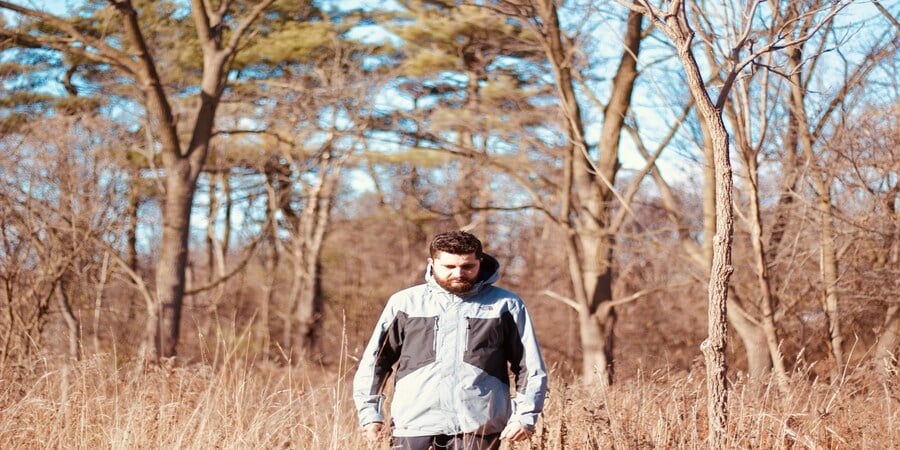
2. Protect Your Extremities
Your hands, feet, and head lose heat quickly. Keep them warm with insulated accessories.
Thermal Gloves and Hand Warmers
Wear insulated gloves or mittens to protect your fingers. Pack hand warmers for extra warmth in extreme cold. For long walks, consider touchscreen-compatible gloves so you can use your phone without exposing your skin to the cold. Ensure your gloves are breathable to prevent moisture buildup, which can lead to cold hands.
Wool Socks and Waterproof Boots
Choose thick wool socks to keep feet warm and dry. Insulated, waterproof boots prevent frostbite and provide traction on icy surfaces. The Camino can have wet and muddy trails in winter, so footwear with good grip is essential. Also, consider bringing an extra pair of socks for comfort in case your feet get wet.
Hats and Neck Warmers
A thermal hat and a fleece or wool neck warmer prevent heat loss. Balaclavas offer full-face protection in extreme cold. Since strong winds can be common on certain sections of the Camino, a windproof hat or ear warmers can add extra protection. Be sure to choose a hat that fits snugly to prevent it from blowing off in gusty weather.
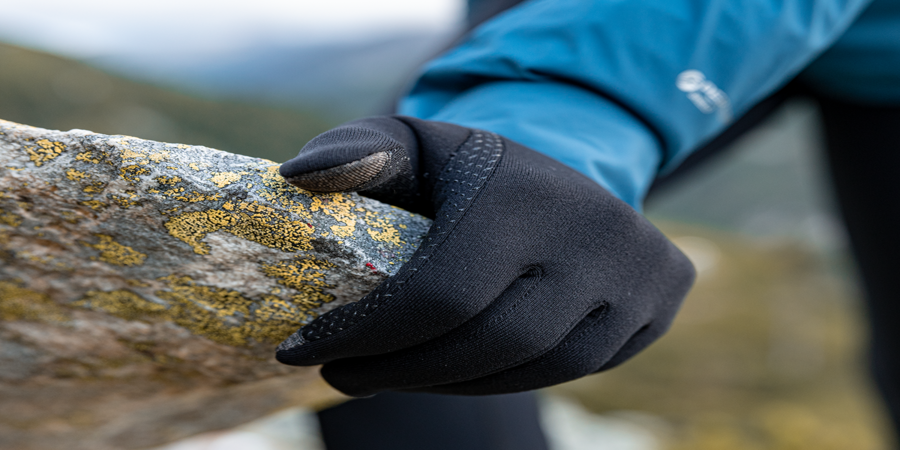
3. Carry Essential Winter Gear
Certain items are must-haves in winter to enhance safety and comfort.
Lightweight, Packable Blanket
A compact thermal blanket provides extra warmth during emergencies or long waits in cold environments. This can be useful if you stop for extended breaks or experience delays in transport. Additionally, it takes up minimal space in your bag, making it an easy item to carry without adding bulk.
Insulated Water Bottle
Hydration is crucial in winter. Use an insulated bottle to prevent water from freezing. Drinking warm liquids can also help maintain body temperature, so consider bringing herbal tea or soup in a thermos. Having access to a warm drink can make the cold conditions more bearable and refresh you during long walks.
High-Energy Snacks
Cold weather burns more calories. Pack energy-dense snacks like nuts, chocolate, and protein bars for sustained warmth and energy. If you’re walking the Camino, local bakeries may offer hearty bread and pastries that can serve as excellent energy boosters. These snacks not only provide a quick energy boost but also help you stay satisfied during your journey, reducing the risk of fatigue.
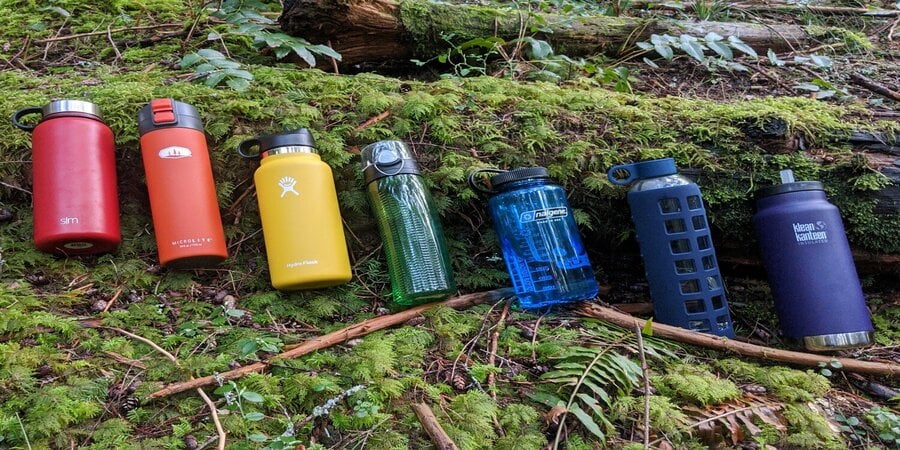
4. Choose the Right Travel Bag
Winter clothing is bulkier, requiring a spacious and well-organised bag. A detailed packing list for winter ensures you don’t forget essential items and helps you pack efficiently. Make sure to choose a bag that can handle both the weight of your clothing and any extra layers you may need to add as the temperature fluctuates.
Compression Packing Cubes
These save space and keep layers neatly arranged. Use them for efficient packing and easy access to essentials. By compressing your clothing, you not only save room but also keep everything in its place, making it easier to find what you need without unpacking everything.
Waterproof and Durable Luggage
Opt for a water-resistant bag to protect belongings from snow and moisture. A backpack with padded straps enhances comfort for long walks. If you’re walking the Camino, a properly fitted backpack with a rain cover is essential. A sturdy, weatherproof bag will also withstand the rigours of travel, ensuring that your gear stays safe, dry, and accessible.
Extra Plastic Bags
Carry waterproof bags to store wet or dirty clothing separately. This will help keep your clean clothes dry and prevent unnecessary discomfort. These bags are particularly useful after a rainy day, keeping your dirty gear contained and preventing moisture from seeping into the rest of your belongings.
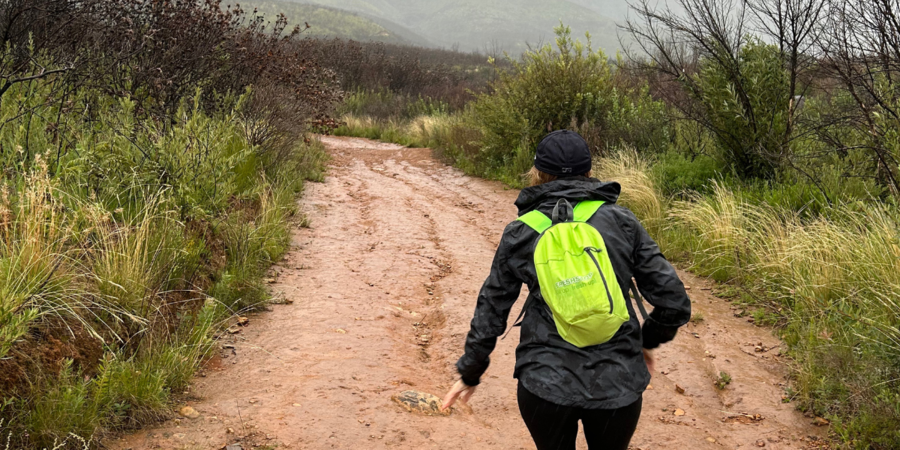
5. Plan for Limited Daylight Hours
Winter days are shorter, so plan accordingly to make the most of available light.
Pack a Reliable Headlamp or Flashlight
A hands-free headlamp is essential for navigating in low light. Carry spare batteries for emergencies. If you start your Camino walk early in the morning, this will be especially useful.
Adjust Your Itinerary for Daylight
Schedule activities early in the day to maximise natural light. Be mindful of sunset times in your destination. Walking the Camino in winter means being strategic about your route and daily distance to avoid getting caught in the dark.
Wear Reflective Clothing
If walking or cycling, wear reflective gear to stay visible in dim light or snowy conditions. Some sections of the Camino may have limited street lighting, so this is crucial for safety.
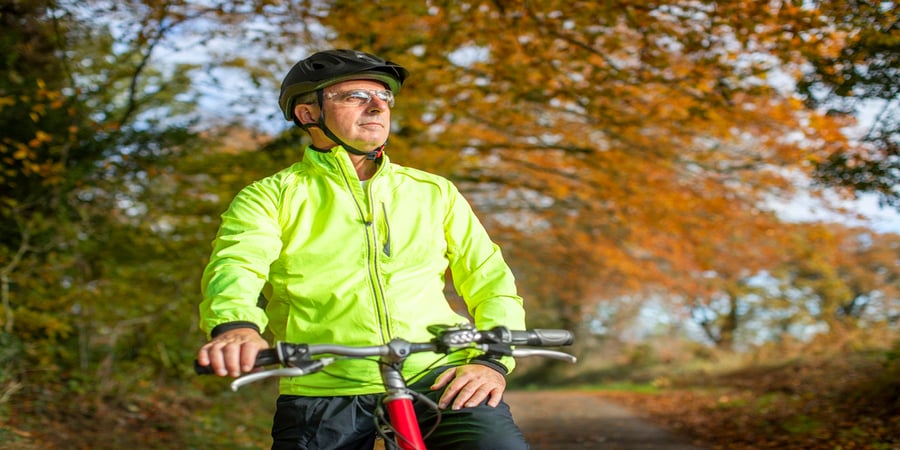
Best Routes to Walk in Winter
Walking the Camino de Santiago in winter presents unique challenges, but it can also be a magical experience. Some Camino routes are better suited for winter conditions than others. Here are the best options:
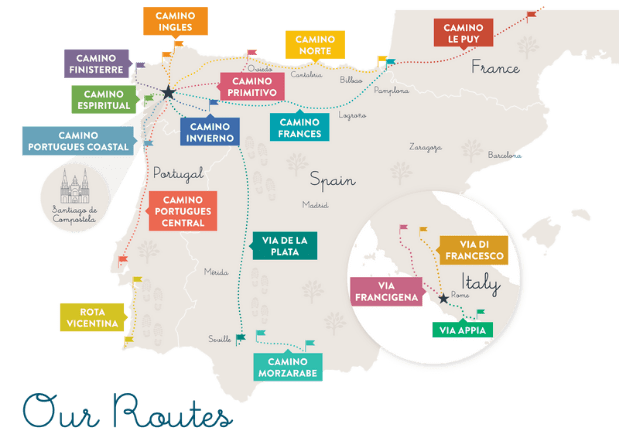
Camino Francés
The last 100 km from Sarria to Santiago is one of the most well-travelled sections of the Camino. It is well-maintained and has accommodations open year-round, making it a practical choice for winter pilgrims.
Camino Portugués Coastal Route
This route follows the Atlantic coast from Porto to Santiago and experiences milder temperatures compared to inland routes. The fresh sea air and stunning coastal views make it a pleasant option even in winter.
Camino Inglés
A shorter route starting in Ferrol or A Coruña, the Camino Inglés is ideal for those who prefer a brief winter pilgrimage. Since it is a coastal route, it experiences rain but avoids heavy snowfall.
Final Thoughts
A well-prepared packing list for winter can make all the difference in ensuring a warm, comfortable, and safe journey. Focus on layering, protecting extremities, and choosing the right gear. If you plan to walk the Camino de Santiago during the off-season, check for accommodation availability and be prepared for colder, wetter conditions. With the right preparation, you’ll enjoy the peaceful beauty of a winter journey!
For more information on winter packing lists or on Camino routes or to book your pilgrimage, contact us. Plan your trip effortlessly and get an instant quote with our Camino Planner.
